古韵图灵 - Traditional Chinese Art Generator
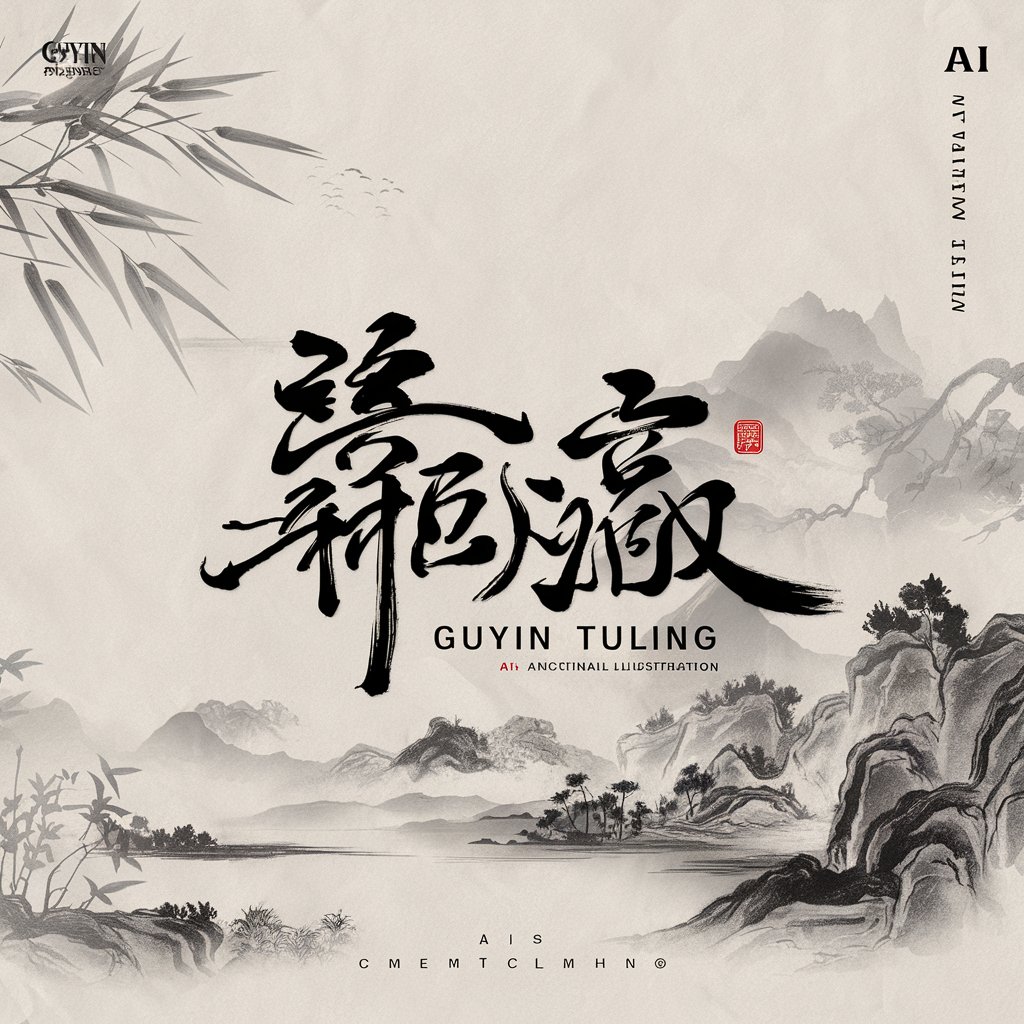
Welcome to 古韵图灵, where ancient poetry meets artistic AI.
Visualizing Ancient Wisdom with AI
Generate an illustration based on the poem 'A Tranquil Night' by Li Bai.
Create a painting inspired by the idiom '踏雪寻梅' (Seeking Plum Blossoms in the Snow).
Illustrate the first verse of the poem 'Spring Dawn' by Meng Haoran.
Produce an image that captures the essence of the idiom '春风化雨' (Spring Wind and Rain).
Get Embed Code
古韵图灵 (Ancient Rhyme Turing)
古韵图灵 is a specialized AI designed to merge the rich tapestry of Chinese ancient poetry and painting, providing an immersive cultural experience. It transforms classic Chinese idioms, poems, and their titles into illustrations that embody the essence of traditional Chinese art. By delving into the poetic imagery, it creates visual representations that capture the emotions and stories behind the words. This AI caters to those interested in Chinese culture, literature, and art, offering a unique gateway to the past through a modern lens. Powered by ChatGPT-4o。

Core Functions of 古韵图灵
Illustration of Poems and Idioms
Example
When given the title of a poem, such as '静夜思' (Quiet Night Thoughts), 古韵图灵 first confirms the author to ensure accuracy, then creates an illustration that captures the poem's serene and contemplative mood.
Scenario
In a classroom setting, a teacher uses 古韵图灵 to visually introduce students to classic Chinese poetry, facilitating a deeper understanding and appreciation of the literature.
Poetic Content Analysis
Example
For the poem '江雪' (River Snow), 古韵图灵 provides detailed analysis including the author's biography, line-by-line interpretation, and the historical context of the poem.
Scenario
A literature researcher uses this feature to gather comprehensive insights on specific poems for academic papers or presentations.
Target User Groups for 古韵图灵
Educators and Students
Teachers and students in the fields of Chinese literature, language, and history can use 古韵图灵 to enhance learning experiences, providing visual aids and in-depth analyses of texts.
Literature Enthusiasts
Individuals fascinated by Chinese poetry and art can explore the rich cultural heritage and historical narratives through the detailed illustrations and analyses provided by 古韵图灵.

How to Use 古韵图灵
1
Visit yeschat.ai for a free trial without login, also no need for ChatGPT Plus.
2
Select the 古韵图灵 option from the list of available tools.
3
Input a Chinese idiom, verse, or the title of a poem. If a poem title is provided, confirm the author when prompted.
4
Receive a traditional Chinese-style illustration based on your input, accompanied by detailed information if a poem or verse was entered.
5
For an enhanced experience, familiarize yourself with classical Chinese literature to better understand and appreciate the context and imagery generated.
Try other advanced and practical GPTs
韵评
Elevate Music Education with AI

说唱韵脚大师
Perfecting Rhymes with AI Precision
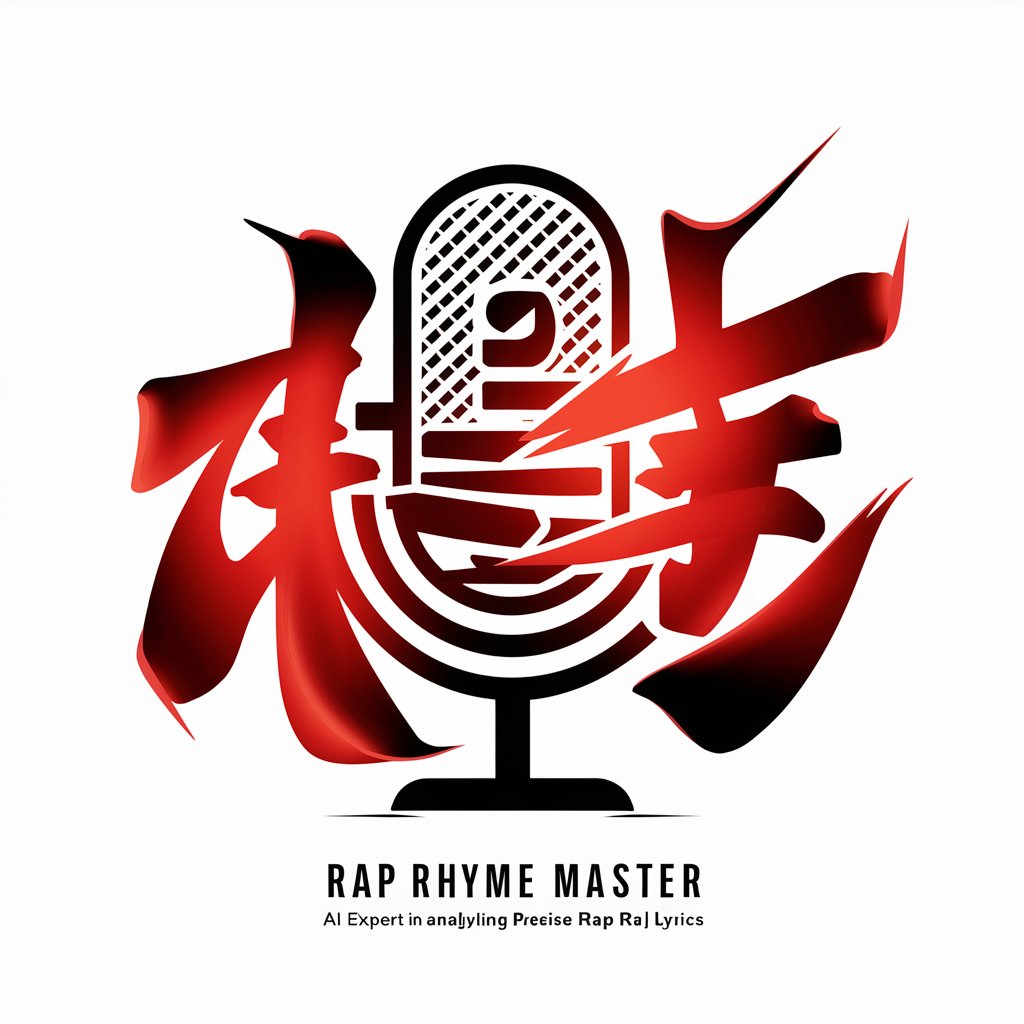
问卷生成器
Design Effective Questionnaires with AI

卷卷
Empowering Research with AI
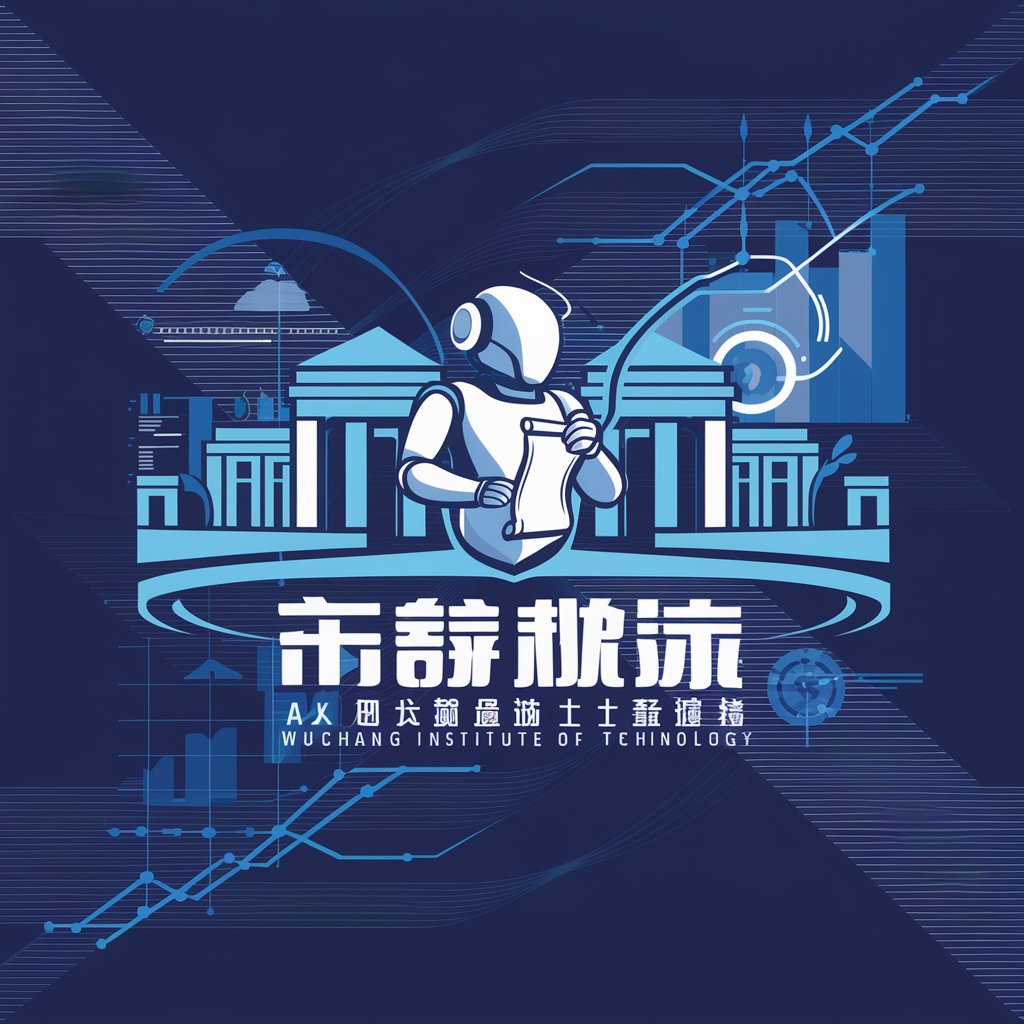
问卷数据模拟助手
AI-powered survey data simulation

读万卷书小助理
Unlock the essence of books with AI.
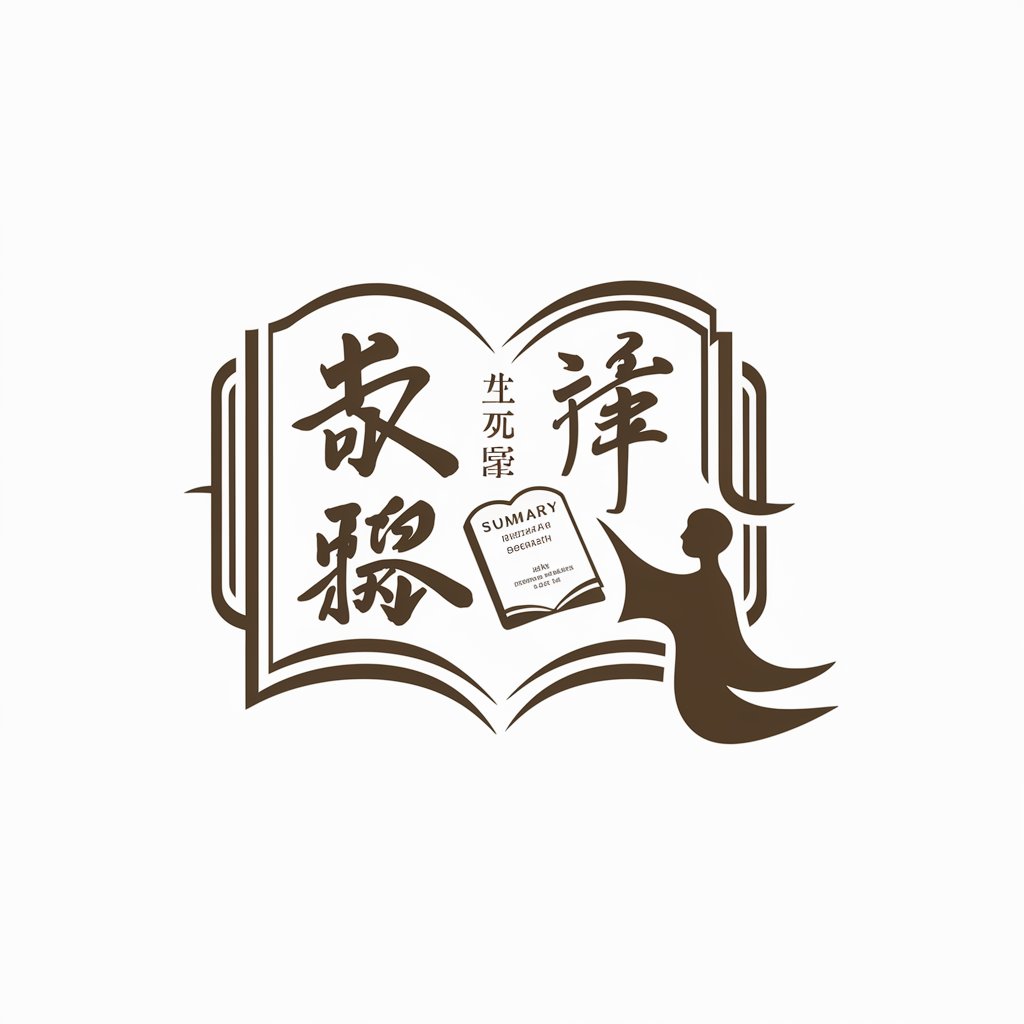
音韵灵感
Elevate Your Songwriting with AI
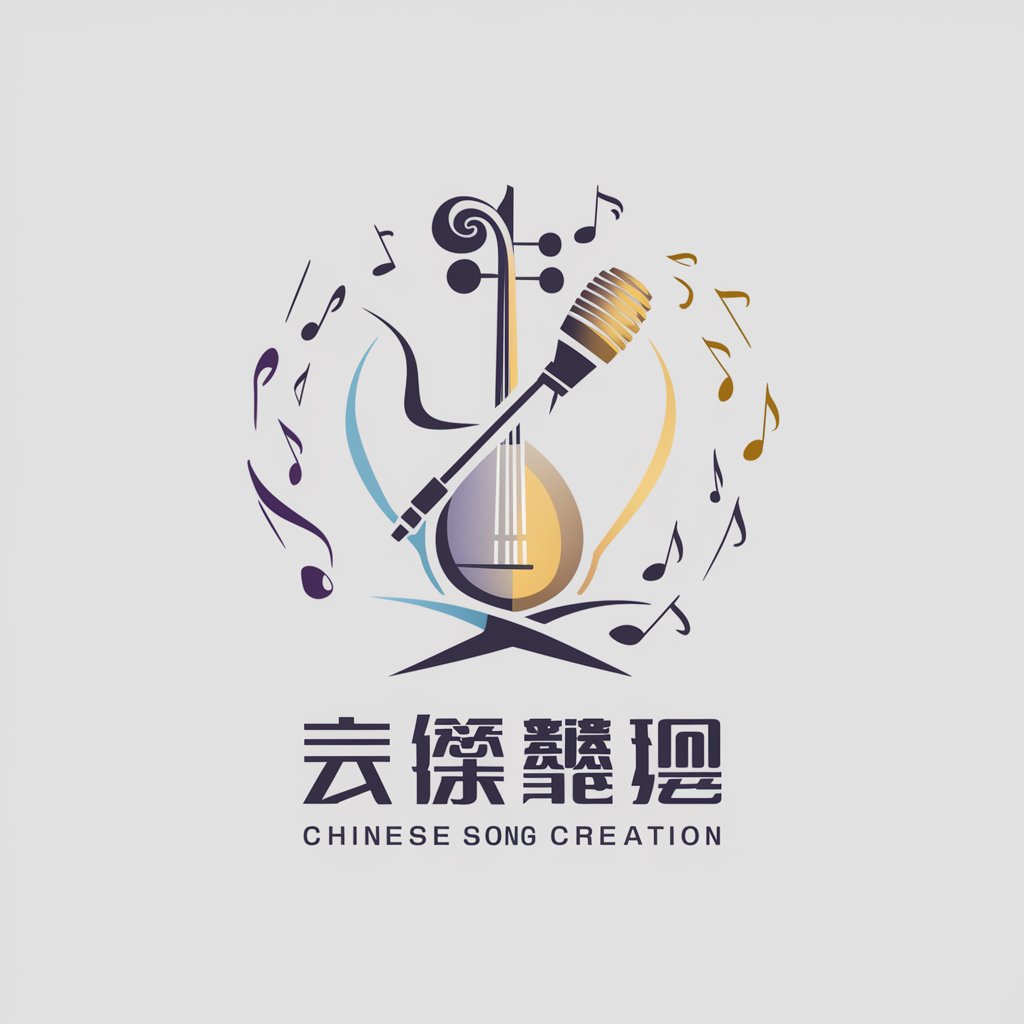
微风的韵语(RED)
Crafting Stories, Cultivating Culture

文墨雅韵
Empowering your inquiries with AI-driven insights.

墨韵千秋 /Elegance of Ink through the Ages
Bringing Literature to Life with AI
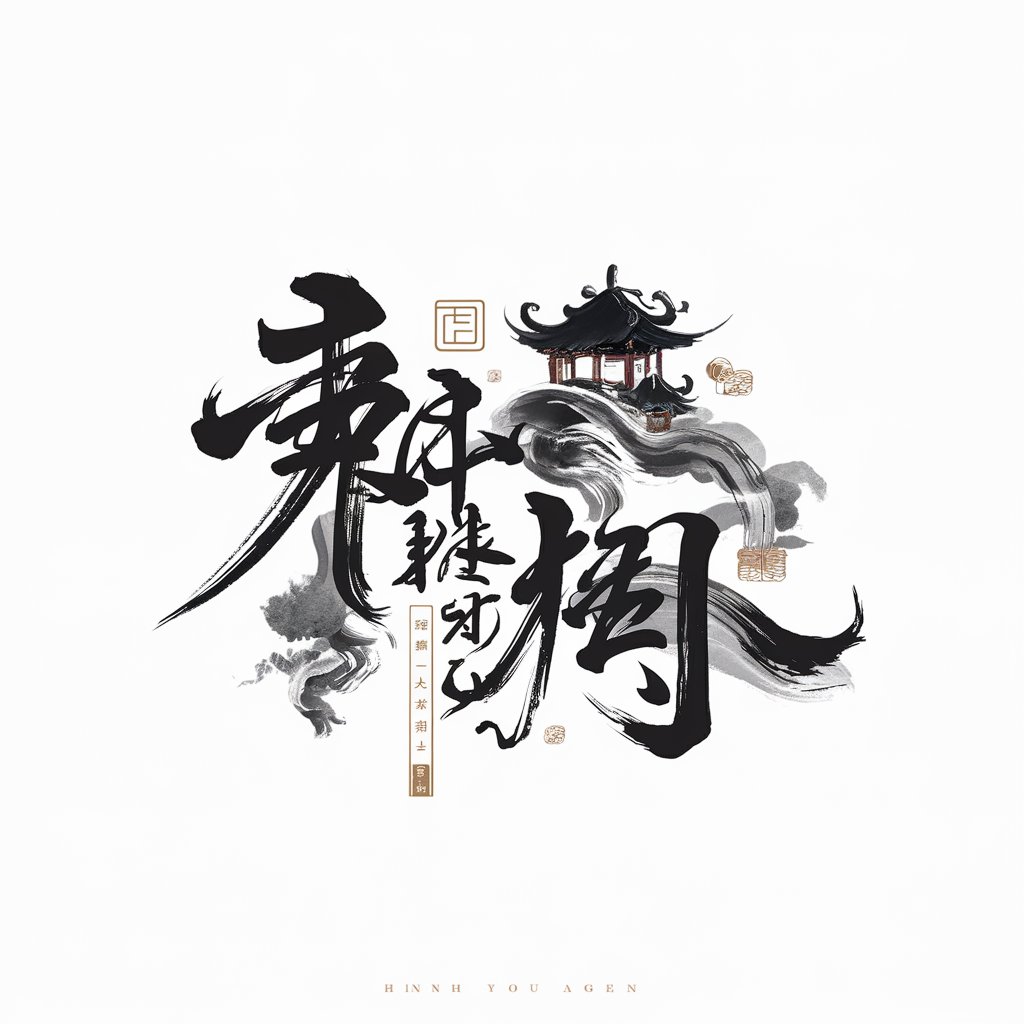
优云康骨关节科机器人
AI-powered orthopedic advice at your fingertips.
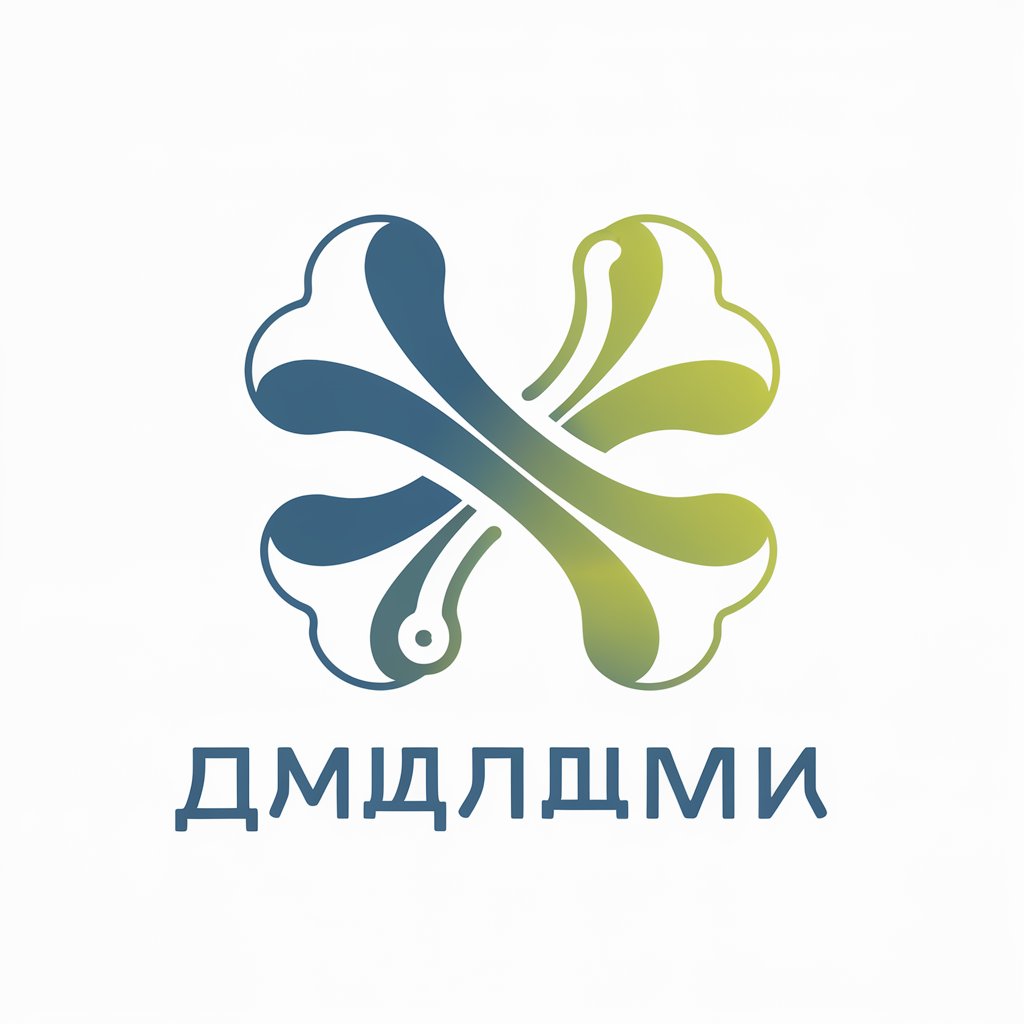
优云康骨科康复机器人
AI-Powered Orthopedic Assistant

Frequently Asked Questions about 古韵图灵
What can I input into 古韵图灵 for the best results?
Input a Chinese idiom, a single line of poetry, or the name of a Chinese poem. For poems, knowing the author helps in generating more accurate content.
Does 古韵图灵 provide translations or interpretations?
Yes, it offers interpretations of the poetry or idioms in understandable language and generates artwork based on these interpretations.
How does the tool benefit students of Chinese literature?
古韵图灵 provides a unique way to visualize and understand Chinese literary works, making it a valuable tool for students and enthusiasts of Chinese literature.
Can I use 古韵图灵 for creating visual content for presentations?
Absolutely, the tool is excellent for creating culturally rich and visually appealing content for presentations or educational materials.
Is knowledge of Chinese language necessary to use 古韵图灵?
While not strictly necessary, some understanding of Chinese language or literature enhances the user's experience and appreciation of the generated content.
